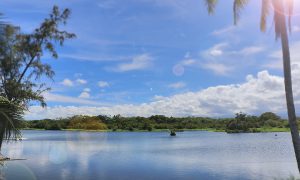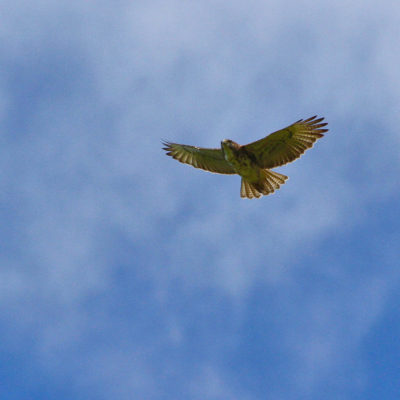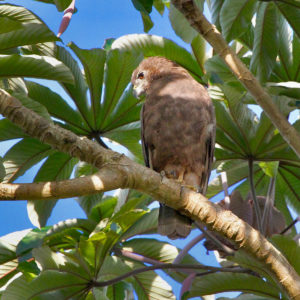Buteo solitarius | Hawaiian hawk | ʻio
Endemic
Other Names: io
Not many birds are as graceful and stately as the native ʻio, or Hawaiian hawk, seen soaring over fields, forest edges, and even towns. ʻIo are between 16-18 inches long, males are smaller than females. There are two major color phases that can be observed: dark phase birds are dark brown throughout; and light phase birds are dark brown above, and light below with some streaking. ʻIo are associated with Hawaiian royalty, partly because of their ability to soar higher than any other native bird.
The map below shows hotspots along our birding trails where you might see this bird. Learn more by visiting our species profile page for ʻio.
Hotspots for Hawaiian hawk
- Keāhole Point | Details for Keāhole Point
- Kaloko-Honokōhau National Historic Park | Details for Kaloko-Honokōhau National Historic Park
- Makāula -‘O‘oma Trails | Details for Makāula -‘O‘oma Trails
- Pu‘u Wa‘awa‘a ʻŌhiʻa Trail | Details for Pu‘u Wa‘awa‘a ʻŌhiʻa Trail
- Waiki‘i (off Old Saddle Road) | Details for Waiki‘i (off Old Saddle Road)
- Palila Forest Discovery Trail | Details for Palila Forest Discovery Trail
- Pu‘u Huluhulu Trail | Details for Pu‘u Huluhulu Trail
- Pu‘u ‘Ō‘ō Trail | Details for Pu‘u ‘Ō‘ō Trail
- Kaulana Manu Nature Trail | Details for Kaulana Manu Nature Trail
- Kaūmana Trail | Details for Kaūmana Trail
- Wailoa River State Park | Details for Wailoa River State Park
- Loko Waka Pond | Details for Loko Waka Pond
Keāhole Point
Coastal

Kaloko-Honokōhau National Historic Park
Wetland

Makāula -‘O‘oma Trails
Wet forest
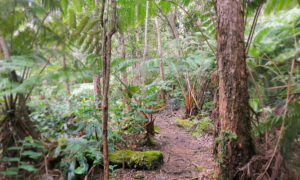
Pu‘u Wa‘awa‘a ʻŌhiʻa Trail
Pasture and grasslandsDry forest
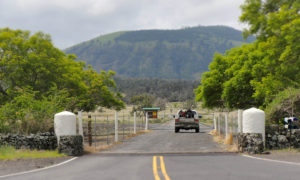
Waiki‘i (off Old Saddle Road)
Pasture and grasslands
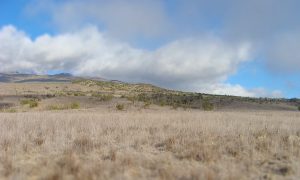
Palila Forest Discovery Trail
Dry forest
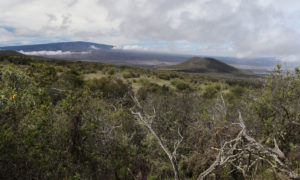
Pu‘u Huluhulu Trail
Dry forest
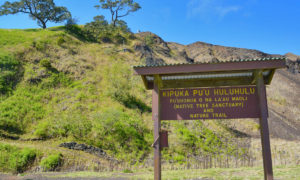
Pu‘u ‘Ō‘ō Trail
Wet forest

Kaulana Manu Nature Trail
Wet forest
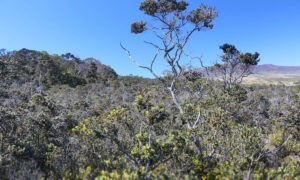
Kaūmana Trail
Wet forest
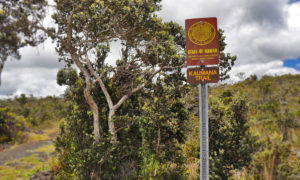
Wailoa River State Park
Wetland
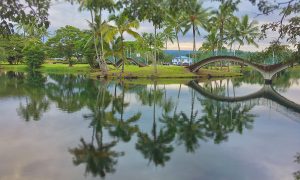
Loko Waka Pond
Wetland
